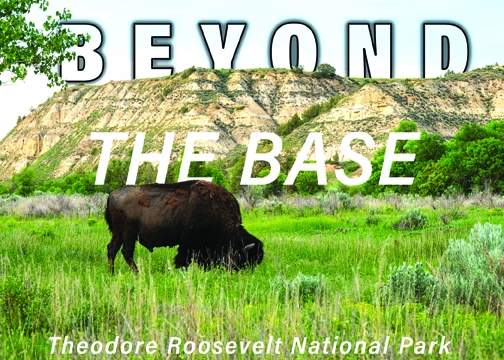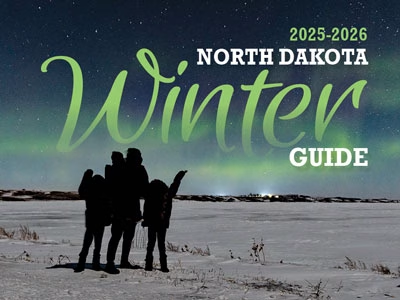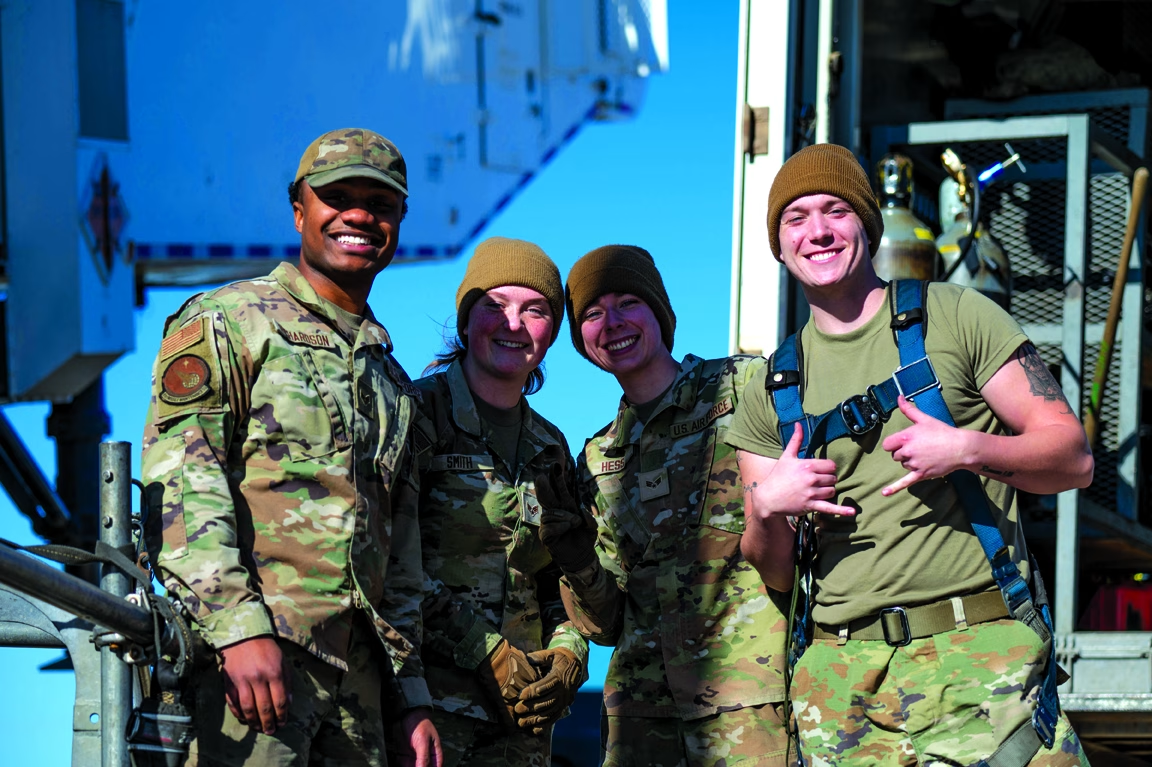Airman 1st Class Vincent Padilla, 5th Bomb Wing Public Affairs
MINOT AIR FORCE BASE, N.D. – It was 1883 when Theodore Roosevelt landed in the Dakota Territory from New York to hunt bison; a hunting excursion that would forever transform his life and alter the course of our nation.
“I would not have been president had it not been for my experience in North Dakota,” said Theodore Roosevelt. It was here in the badlands and prairies of Dakota that Roosevelt found peace and solace so that he could grieve his wife and mother, who both passed away hours apart. During his seasonal retreats to the region, he grew inspired to pursue a career in politics and developed the passion for nature and conservation that eventually lead to one of his most significant political contributions, the establishment of the National Park Service.
Senior Airman Alyssa Bankston, 5th Bomb Wing public affairs specialist, and I packed up our car and drove south to the Cottonwood campground, located in the South Unit of Theodore Roosevelt National Park (TRNP) in Medora, about three and a half hours from Minot Air Force Base. Roughly an hour from the park entrance, we were greeted with Teddy’s beloved prairie and badlands; a landscape so serene, I hardly recognized it as North Dakota.
We arrived at our campsite around 5:30 p.m and began setting up our modest campsite. We then decided to take advantage of the extended summer daylight and timezone change by finding a few small overlook trails at 7 p.m. The “Wind Canyon” trail exemplifies the accessibility to scenic beauty that the National Park Service provides to the general public. The 1-mile loop trail begins at a clearly marked trailhead directly off the main road running through the park. Mostly flat and easy to navigate, the trail is easily walkable for people of any hiking ability, and seemed to be enjoyed by a family of five with children no older than ten years.
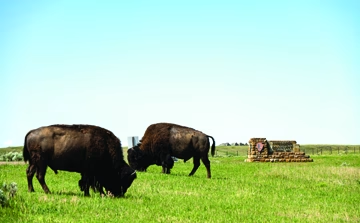
“Anybody can love the mountains,” said Willa Cather, writer. “But it takes a soul to love the prairie.”
The Wind Canyon Trail provided Bankston and I with the view of the Little Missouri River and a vantage point that demonstrated the vibrance of the of the lush greenery filling the badlands. North Dakota had received intense cycles of rain and sunshine over the weeks prior to our visit, resulting in the exceptional conditions in the region. Even the wildlife seemed to take advantage of the perfect conditions, as bison and large groups of wild horses were spotted within the first hour of our visit at the park.
The North Unit of the park is two and a half hours south of Minot and provides an opportunity to visit the park and head back to base all within a day. The North Unit is smaller and much less visited than its South Unit counterpart, located another hour and fifteen minutes south. The Buckhorn trail of the North Unit beautifully showcases all the charm that the region has to offer: 11 miles of wide-open plains, breathtaking overlooks and deep canyons to traverse through all while being kept company by prairie dogs and bison. The South Unit includes more paid activities and historical attractions, especially in the town of Medora located just outside of the gate.
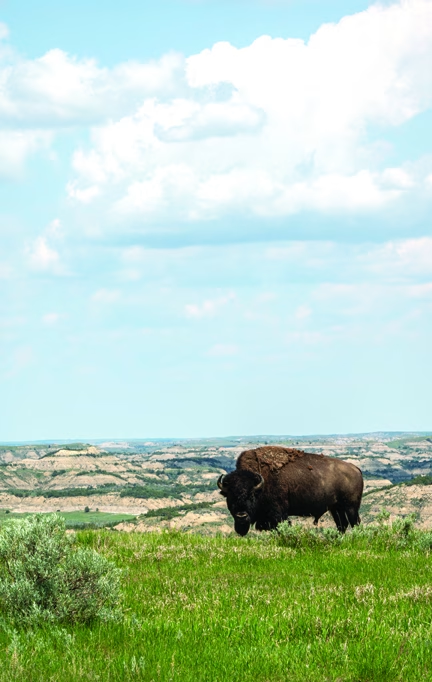
U.S. Air Force photo Senior Airman Alyssa Bankston
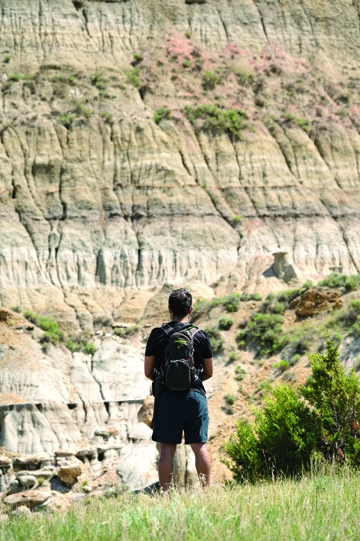
U.S. Air Force photo Senior Airman Alyssa Bankston
Roosevelt believed conservation was a moral and patriotic duty; a value that was imprinted upon him when he began to observe the mismanagement of natural resources by ranchers, industry and government. Over 100 years after his death, proof of his legacy lies apparent in the thriving wildlife, blanketing plant growth and campsites packed with adventurers looking to simply take it all in. A sanctuary for all that is living, Theodore Roosevelt National Park honors the 26th president by sustaining the environment that he fought to conserve.
Active duty military are allowed free entrance into all national parks upon receiving the “military pass” from ww.rec.gov. Campsites at TRNP are $10 per night for standard size campsite and $20 for group sites. Equipment such as tents, ice chests and sleeping bags are available to rent from outdoor recreation.
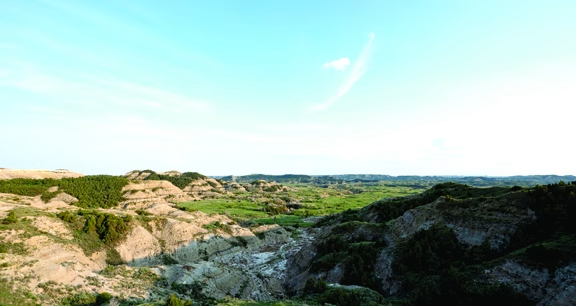
U.S. Air Force photo Airman 1st Class Vincent Padilla

